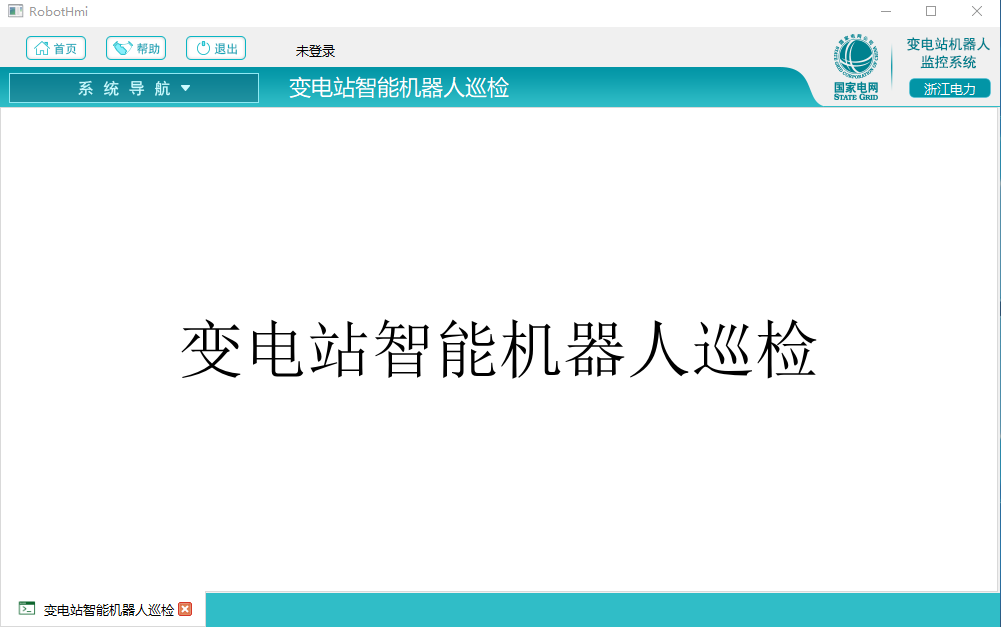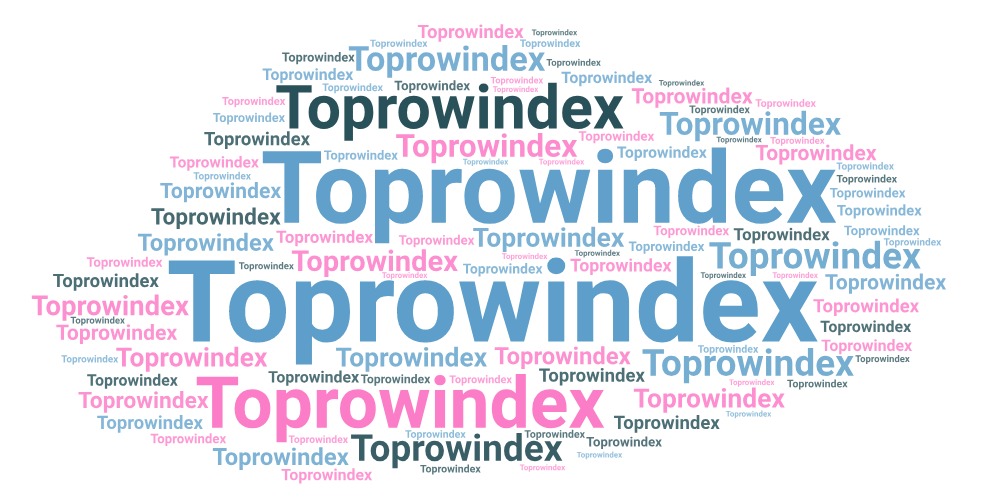【2019年3月2日】SpringBoot | 第十六篇:定时任务详解
- 本文作者:仓颉
SpringBoot是为了简化Spring应用的创建、运行、调试、部署等一系列问题而诞生的产物,自动装配的特性让我们可以更好的关注业务本身而不是外部的XML配置,我们只需遵循规范,引入相关的依赖就可以轻易的搭建出一个 WEB 工程
在我们日常开发中,经常会遇到数据定时增量同步、定时发送邮件、爬虫定时抓取的需求;这时我们可以采用定时任务的方式去进行工作…..
定时任务概述
定时任务:顾名思义就是在指定/特定的时间进行工作,比如我们的手机闹钟,它就是一种定时任务。
实现方式
Timer:*JDK自带的java.util.Timer;通过调度java.util.TimerTask的方式让程序按照某一个频度执行,但不能在指定时间运行。*一般用的较少。
**ScheduledExecutorService:**JDK1.5新增的,位于java.util.concurrent包中;是基于线程池设计的定时任务类,每个调度任务都会被分配到线程池中,并发执行,互不影响。
**Spring Task:**Spring3.0 以后新增了task,一个轻量级的Quartz,功能够用,用法简单。
Quartz:功能最为强大的调度器,可以让程序在指定时间执行,也可以按照某一个频度执行,它还可以动态开关,但是配置起来比较复杂。现如今开源社区中已经很多基于Quartz 实现的分布式定时任务项目(xxl-job、elastic-job)。
Timer 方式
基于Timer实现的定时调度,基本就是手撸代码,目前应用较少,不是很推荐
package com.battcn.timer;
import java.time.LocalDateTime;
import java.util.Timer;
import java.util.TimerTask;
/** * 基于Timer实现的定时调度(不推荐,用该方式不如用 ScheduledExecutorService ) * * @author Levin * @since 2018/5/29 0029 */
public class TimerDemo {
public static void main(String[] args) {
TimerTask timerTask = new TimerTask() {
@Override
public void run() {
System.out.println("执行任务:" + LocalDateTime.now());
}
};
Timer timer = new Timer();
// timerTask:需要执行的任务
// delay:延迟时间(以毫秒为单位)
// period:间隔时间(以毫秒为单位)
timer.schedule(timerTask, 5000, 3000);
}
}基于 ScheduledExecutorService
与Timer很类似,但它的效果更好,多线程并行处理定时任务时,Timer运行多个TimeTask时,只要其中有一个因任务报错没有捕获抛出的异常,其它任务便会自动终止运行,使用ScheduledExecutorService则可以规避这个问题
package com.battcn.scheduled;
import java.time.LocalDateTime;
import java.util.concurrent.Executors;
import java.util.concurrent.ScheduledExecutorService;
import java.util.concurrent.TimeUnit;
/** * 基于 ScheduledExecutorService 方式,相对的比 Timer 要好 * * @author Levin * @since 2018/5/29 0029 */
public class ScheduledExecutorServiceDemo {
public static void main(String[] args) {
ScheduledExecutorService service = Executors.newScheduledThreadPool(10);
// 参数:1、具体执行的任务 2、首次执行的延时时间
// 3、任务执行间隔 4、间隔时间单位
service.scheduleAtFixedRate(() -> System.out.println("执行任务A:" + LocalDateTime.now()), 0, 3, TimeUnit.SECONDS);
}
}Spring Task(本章关键)
导入依赖
在pom.xml中添加spring-boot-starter-web依赖即可,它包含了spring-context,定时任务相关的就属于这个JAR下的org.springframework.scheduling包中
<dependencies>
<dependency>
<groupId>org.springframework.boot</groupId>
<artifactId>spring-boot-starter-web</artifactId>
</dependency>
</dependencies>定时任务
@Scheduled定时任务的核心
- **
cron:**cron表达式,根据表达式循环执行,与fixedRate属性不同的是它是将时间进行了切割。(@Scheduled(cron = "0/5 * * * * *")任务将在5、10、15、20...这种情况下进行工作) fixedRate:每隔多久执行一次,无视工作时间(@Scheduled(fixedRate = 1000)假设第一次工作时间为2018-05-29 16:58:28,工作时长为3秒,那么下次任务的时候就是2018-05-29 16:58:31)fixedDelay:当前任务执行完毕后等待多久继续下次任务(@Scheduled(fixedDelay = 3000)假设第一次任务工作时间为2018-05-29 16:54:33,工作时长为5秒,那么下次任务的时间就是2018-05-29 16:54:41)initialDelay:第一次执行延迟时间,只是做延迟的设定,与fixedDelay关系密切,配合使用,相辅相成。
@Async代表该任务可以进行异步工作,由原本的串行改为并行
package com.winterchen.task;
import org.slf4j.Logger;
import org.slf4j.LoggerFactory;
import org.springframework.scheduling.annotation.Async;
import org.springframework.scheduling.annotation.Scheduled;
import org.springframework.stereotype.Component;
import java.time.LocalDateTime;
/** * Created by Donghua.Chen on 2018/7/24. */
@Component
public class SpringTaskDemo {
private static final Logger log = LoggerFactory.getLogger(SpringTaskDemo.class);
@Async
@Scheduled(cron = "0/1 * * * * *")
public void scheduled1() throws InterruptedException {
Thread.sleep(3000);
log.info("scheduled1 每1秒执行一次:{}", LocalDateTime.now());
}
@Scheduled(fixedRate = 1000)
public void scheduled2() throws InterruptedException {
Thread.sleep(3000);
log.info("scheduled2 每1秒执行一次:{}", LocalDateTime.now());
}
@Scheduled(fixedDelay = 3000)
public void scheduled3() throws InterruptedException {
Thread.sleep(5000);
log.info("scheduled3 上次执行完毕后隔3秒继续执行:{}", LocalDateTime.now());
}
}
cron表达式在线生成:http://www.pdtools.net/tools/becron.jsp
主函数
@EnableScheduling注解表示开启对@Scheduled注解的解析;同时new ThreadPoolTaskScheduler()也是相当的关键,通过阅读过源码可以发现默认情况下的private volatile int poolSize = 1;这就导致了多个任务的情况下容易出现竞争情况(多个任务的情况下,如果第一个任务没执行完毕,后续的任务将会进入等待状态)。
@EnableAsync注解表示开启@Async注解的解析;作用就是将串行化的任务给并行化了。(@Scheduled(cron = "0/1 * * * * *")假设第一次工作时间为2018-05-29 17:30:55,工作周期为3秒;如果不加@Async那么下一次工作时间就是2018-05-29 17:30:59;如果加了@Async下一次工作时间就是2018-05-29 17:30:56)
package com.winterchen;
import org.springframework.boot.SpringApplication;
import org.springframework.boot.autoconfigure.SpringBootApplication;
import org.springframework.context.annotation.Bean;
import org.springframework.scheduling.TaskScheduler;
import org.springframework.scheduling.annotation.EnableAsync;
import org.springframework.scheduling.annotation.EnableScheduling;
import org.springframework.scheduling.concurrent.ThreadPoolTaskScheduler;
@EnableAsync
@EnableScheduling
@SpringBootApplication
public class SpringBootTaskApplication {
public static void main(String[] args) {
SpringApplication.run(SpringBootTaskApplication.class, args);
}
/** * 很关键:默认情况下 TaskScheduler 的 poolSize = 1 * * @return 线程池 */
@Bean
public TaskScheduler taskScheduler() {
ThreadPoolTaskScheduler taskScheduler = new ThreadPoolTaskScheduler();
taskScheduler.setPoolSize(10);
return taskScheduler;
}
}
测试
完成准备事项后,启动Chapter15Application,观察日志信息如下
2018-07-24 10:19:24.200 INFO 52194 --- [taskScheduler-1] com.winterchen.task.SpringTaskDemo : scheduled2 每1秒执行一次:2018-07-24T10:19:24.200
2018-07-24 10:19:25.010 INFO 52194 --- [taskScheduler-4] com.winterchen.task.SpringTaskDemo : scheduled1 每1秒执行一次:2018-07-24T10:19:25.010
2018-07-24 10:19:26.008 INFO 52194 --- [taskScheduler-5] com.winterchen.task.SpringTaskDemo : scheduled1 每1秒执行一次:2018-07-24T10:19:26.008
2018-07-24 10:19:26.190 INFO 52194 --- [taskScheduler-2] com.winterchen.task.SpringTaskDemo : scheduled3 上次执行完毕后隔3秒继续执行:2018-07-24T10:19:26.190
2018-07-24 10:19:27.007 INFO 52194 --- [taskScheduler-3] com.winterchen.task.SpringTaskDemo : scheduled1 每1秒执行一次:2018-07-24T10:19:27.007
2018-07-24 10:19:27.202 INFO 52194 --- [taskScheduler-8] com.winterchen.task.SpringTaskDemo : scheduled2 每1秒执行一次:2018-07-24T10:19:27.202
2018-07-24 10:19:28.008 INFO 52194 --- [taskScheduler-7] com.winterchen.task.SpringTaskDemo : scheduled1 每1秒执行一次:2018-07-24T10:19:28.007
2018-07-24 10:19:29.008 INFO 52194 --- [taskScheduler-1] com.winterchen.task.SpringTaskDemo : scheduled1 每1秒执行一次:2018-07-24T10:19:29.008
2018-07-24 10:19:30.007 INFO 52194 --- [taskScheduler-4] com.winterchen.task.SpringTaskDemo : scheduled1 每1秒执行一次:2018-07-24T10:19:30.007
2018-07-24 10:19:30.208 INFO 52194 --- [taskScheduler-8] com.winterchen.task.SpringTaskDemo : scheduled2 每1秒执行一次:2018-07-24T10:19:30.208
2018-07-24 10:19:31.009 INFO 52194 --- [askScheduler-10] com.winterchen.task.SpringTaskDemo : scheduled1 每1秒执行一次:2018-07-24T10:19:31.009
2018-07-24 10:19:32.007 INFO 52194 --- [taskScheduler-2] com.winterchen.task.SpringTaskDemo : scheduled1 每1秒执行一次:2018-07-24T10:19:32.007
2018-07-24 10:19:33.010 INFO 52194 --- [taskScheduler-7] com.winterchen.task.SpringTaskDemo : scheduled1 每1秒执行一次:2018-07-24T10:19:33.010
2018-07-24 10:19:33.213 INFO 52194 --- [taskScheduler-8] com.winterchen.task.SpringTaskDemo : scheduled2 每1秒执行一次:2018-07-24T10:19:33.213
2018-07-24 10:19:34.005 INFO 52194 --- [taskScheduler-6] com.winterchen.task.SpringTaskDemo : scheduled1 每1秒执行一次:2018-07-24T10:19:34.005
2018-07-24 10:19:34.199 INFO 52194 --- [taskScheduler-5] com.winterchen.task.SpringTaskDemo : scheduled3 上次执行完毕后隔3秒继续执行:2018-07-24T10:19:34.199总结
目前很多大佬都写过关于SpringBoot的教程了,如有雷同,请多多包涵,本教程基于最新的spring-boot-starter-parent:2.0.2.RELEASE编写,包括新版本的特性都会一起介绍…
上一篇文章:actuator与spring-boot-admin 下一篇文章:
- 本文标签: Java Spring Spring Boot
- 本文链接: http://www.unknowtime.top/article/67
- 版权声明: 本文为互联网转载文章,出处已在文章中说明(部分除外)。如果侵权,请联系本站长删除,谢谢。










